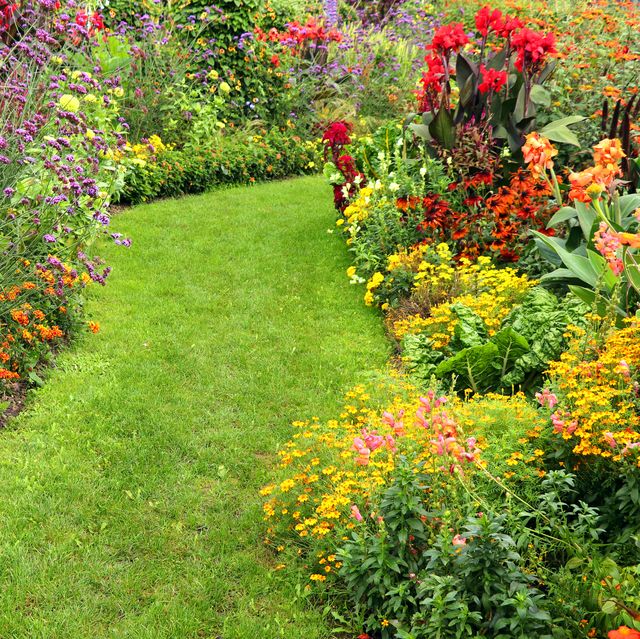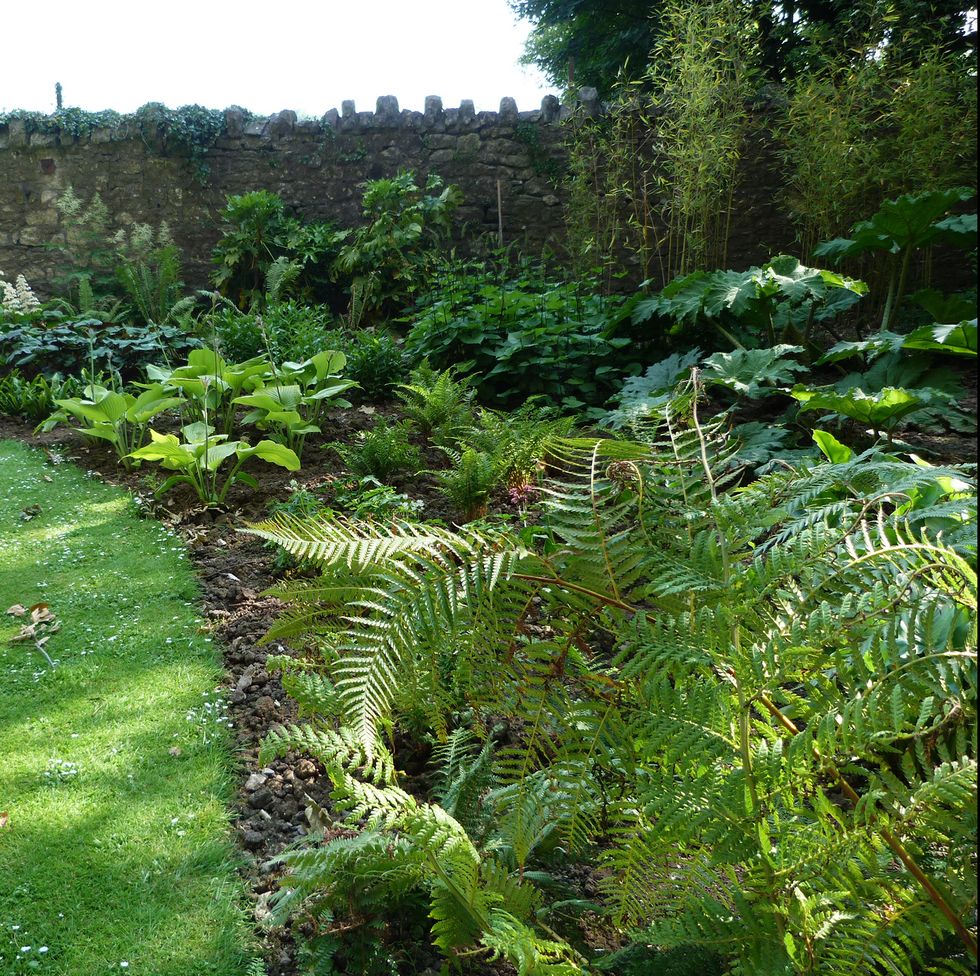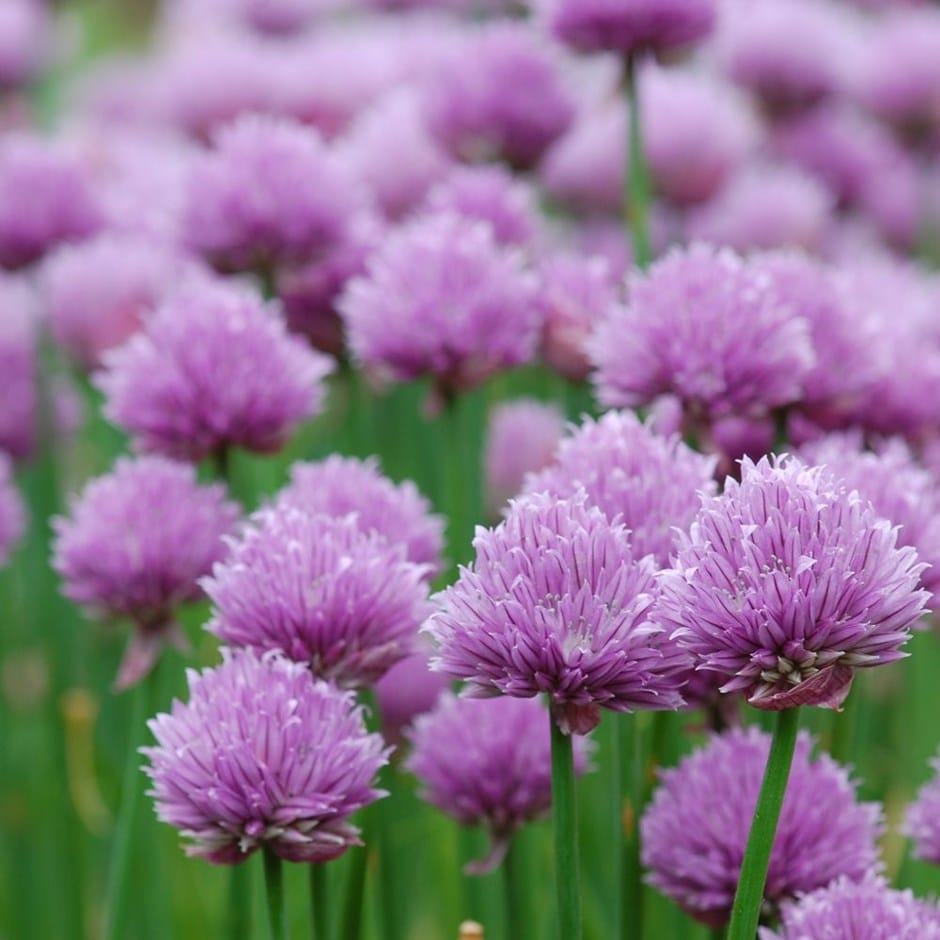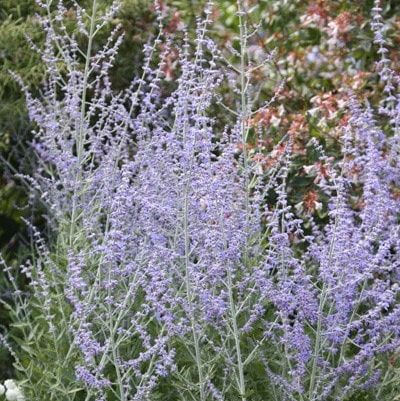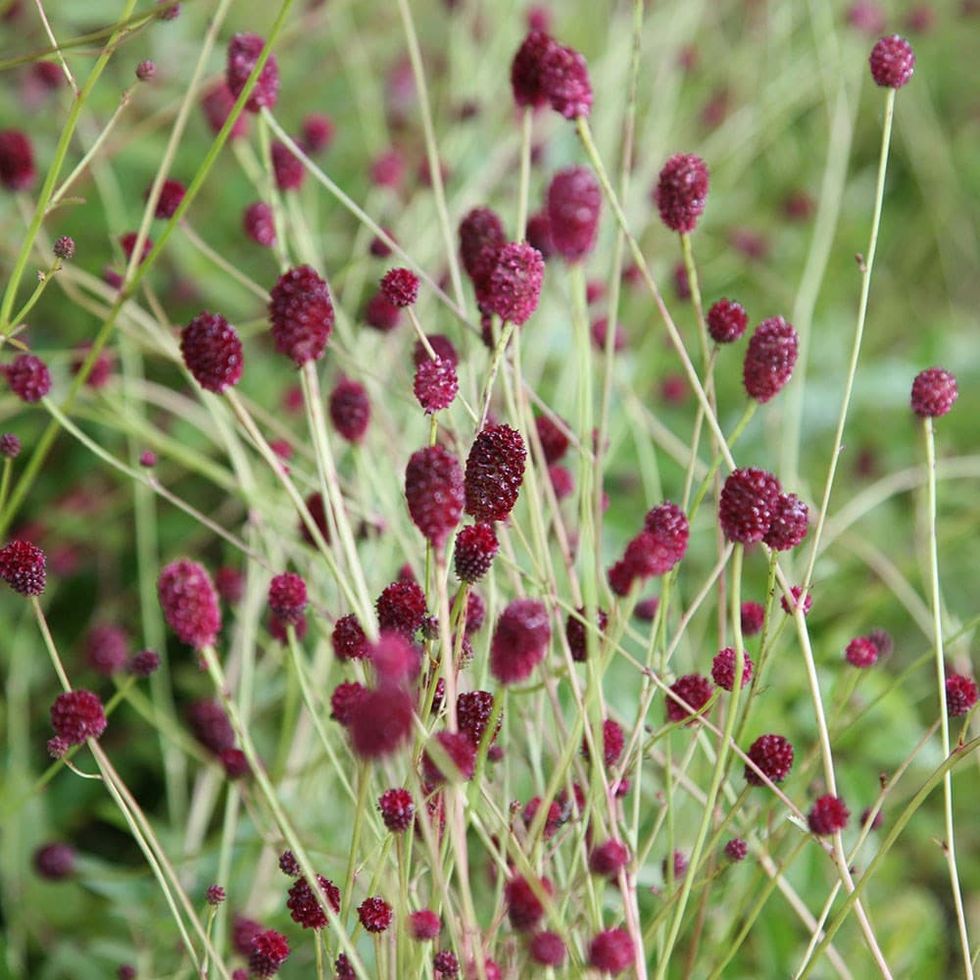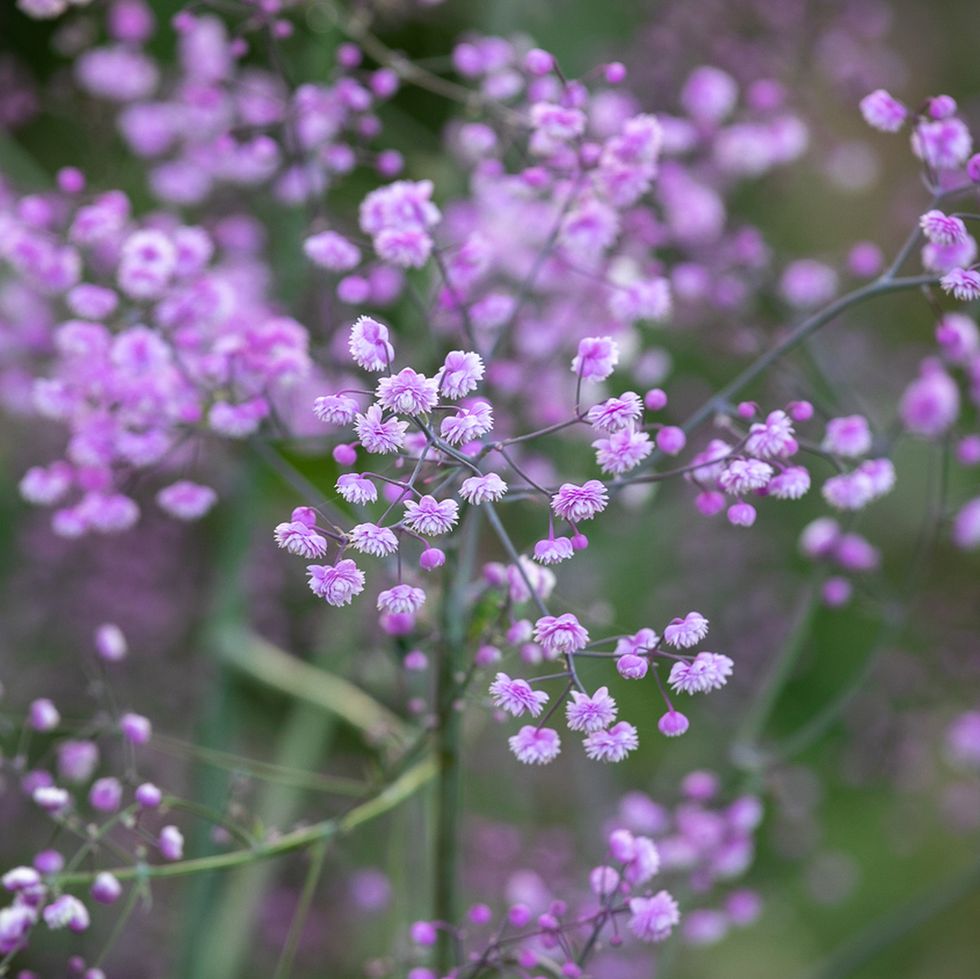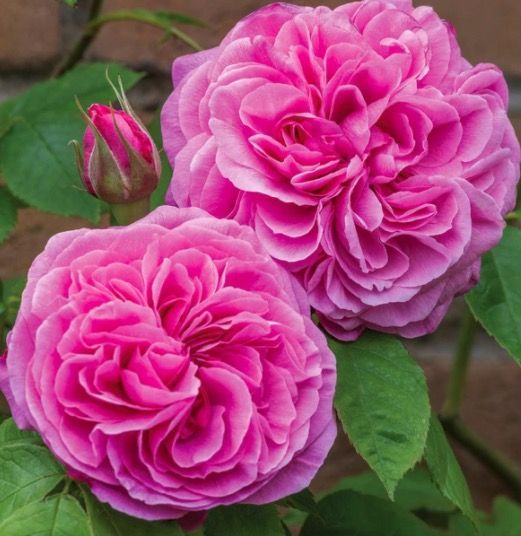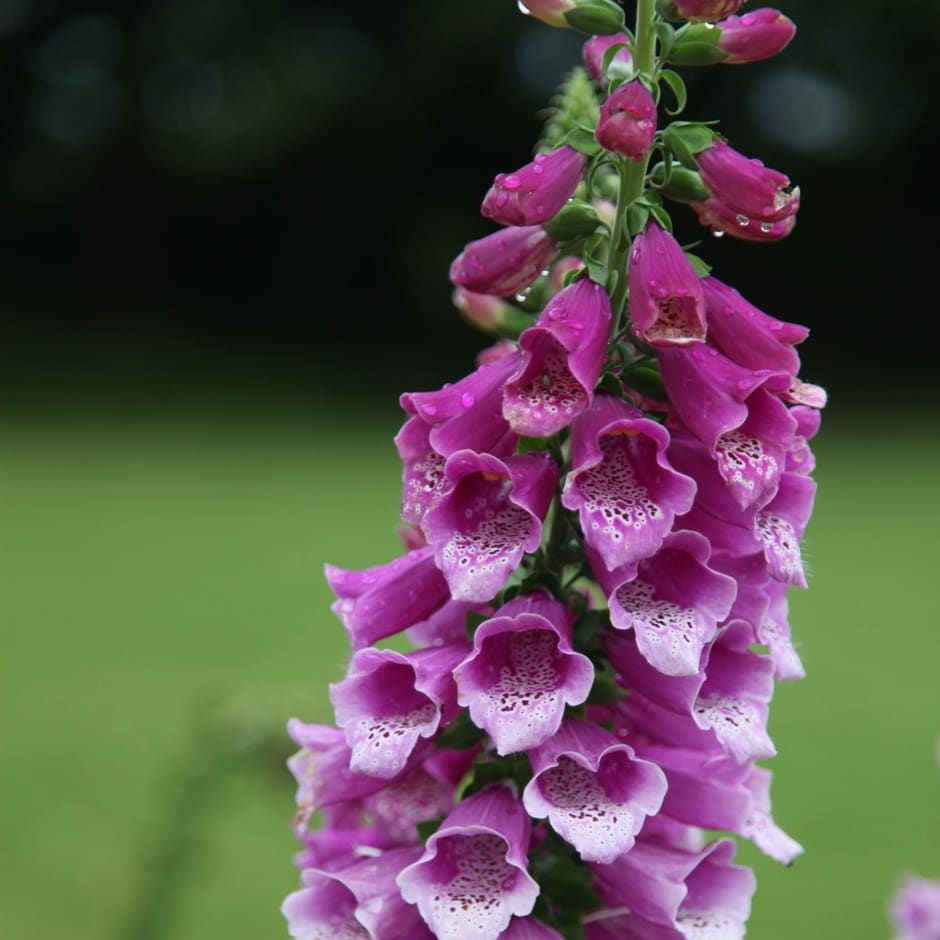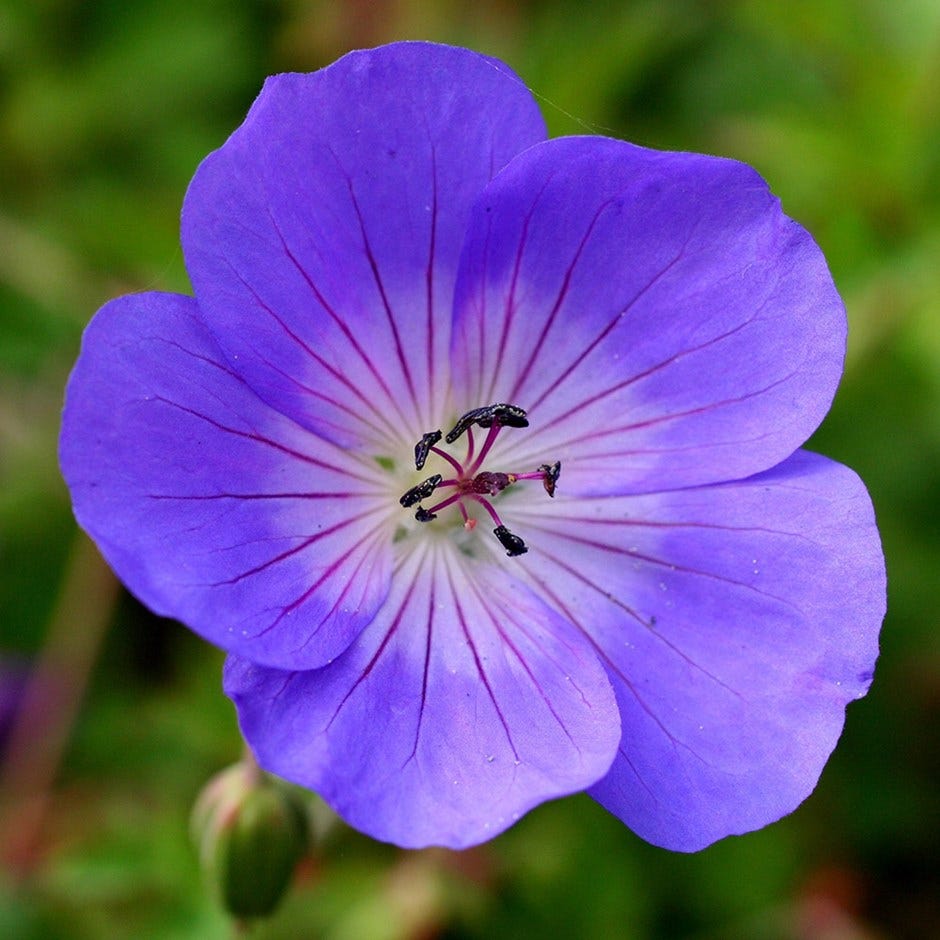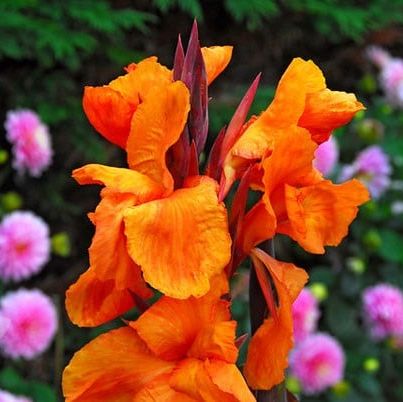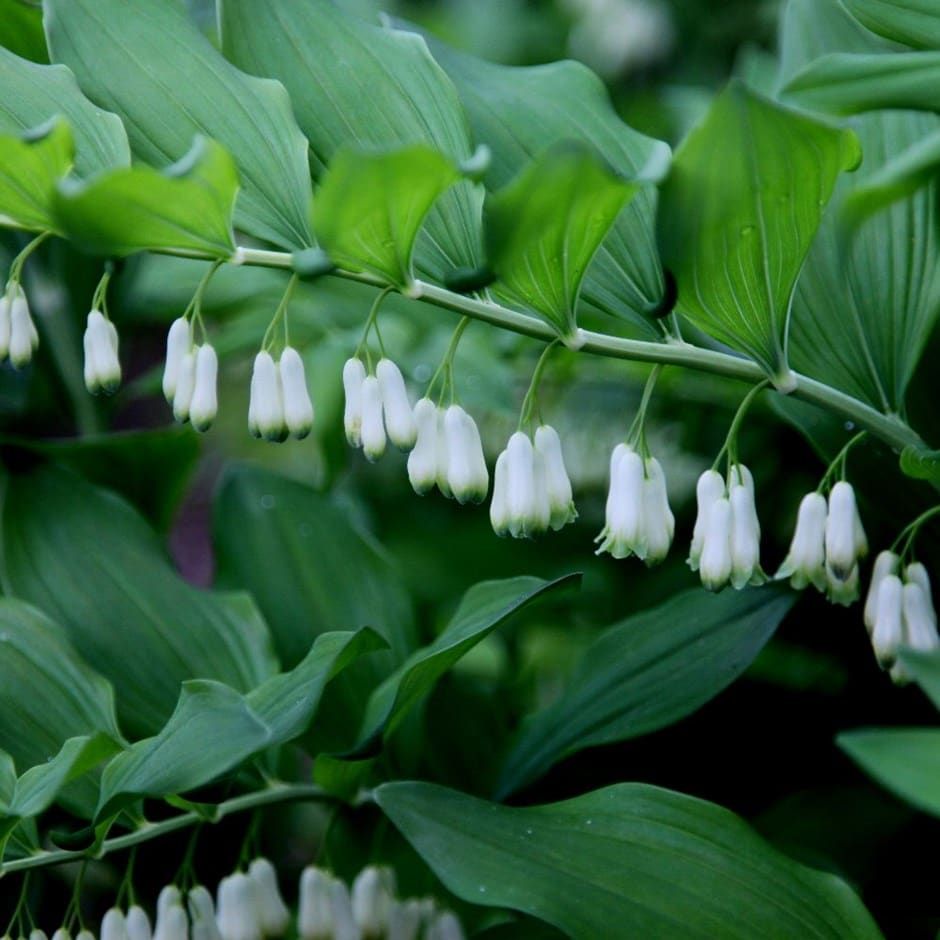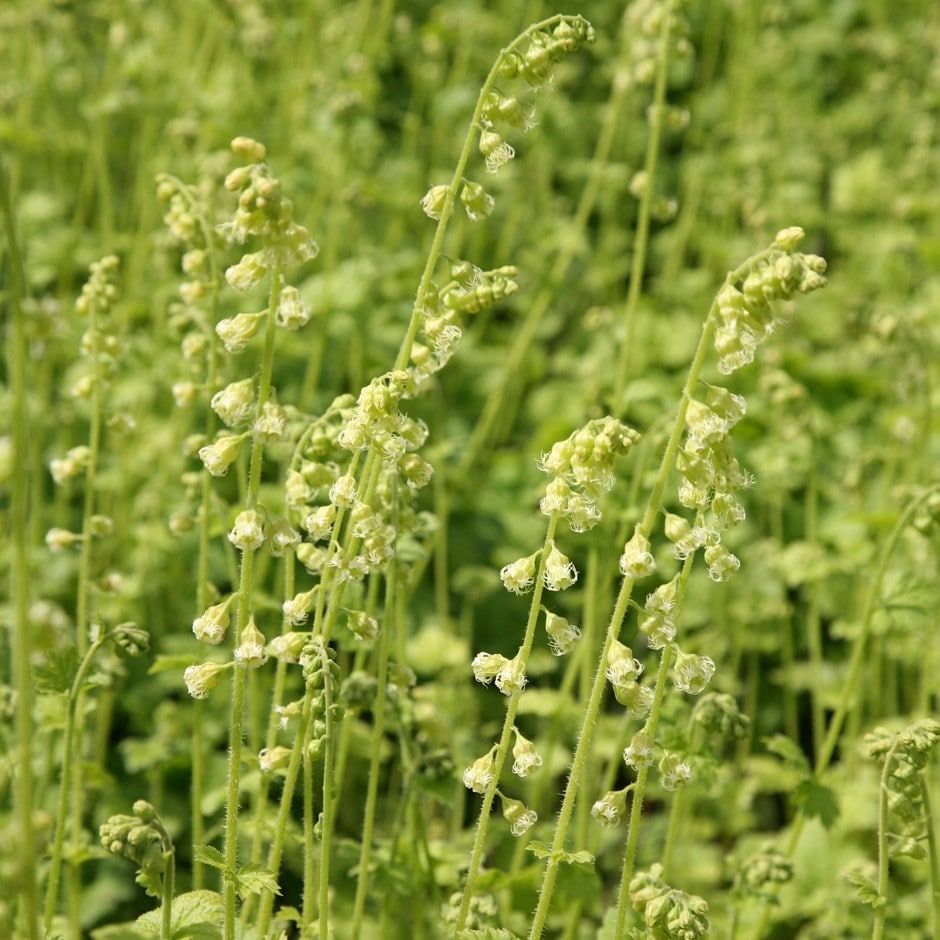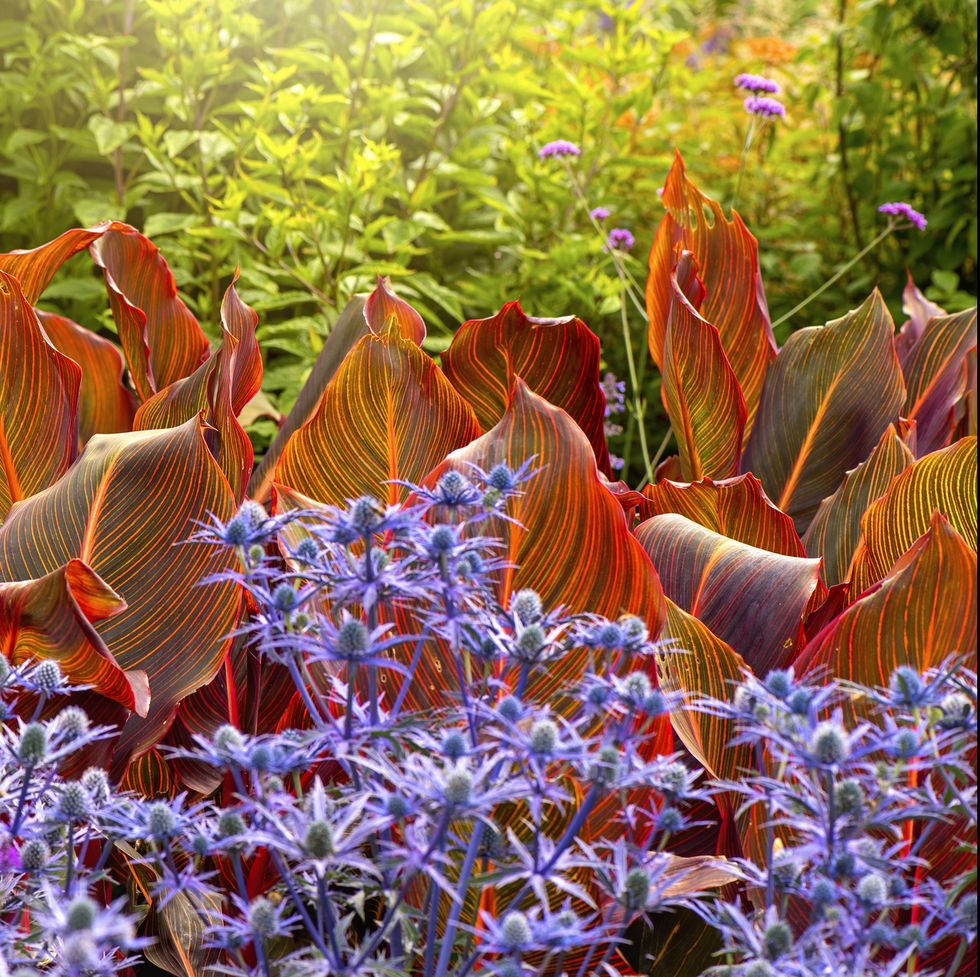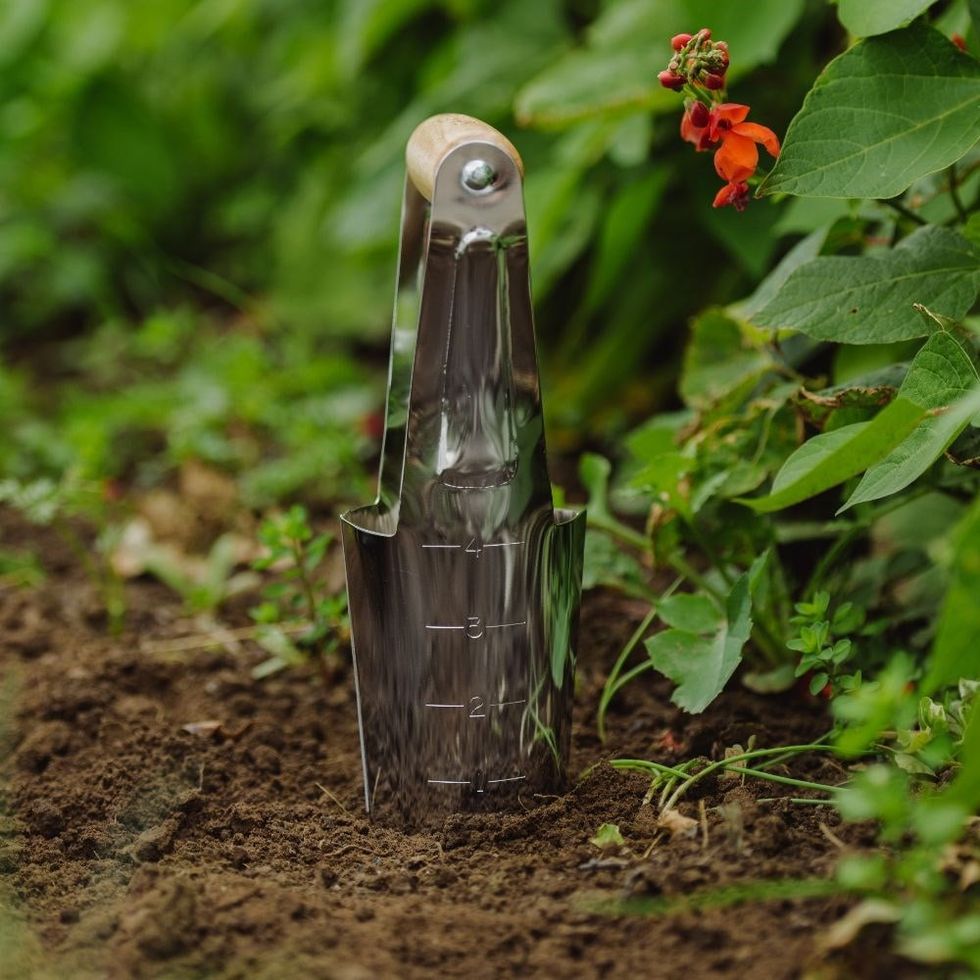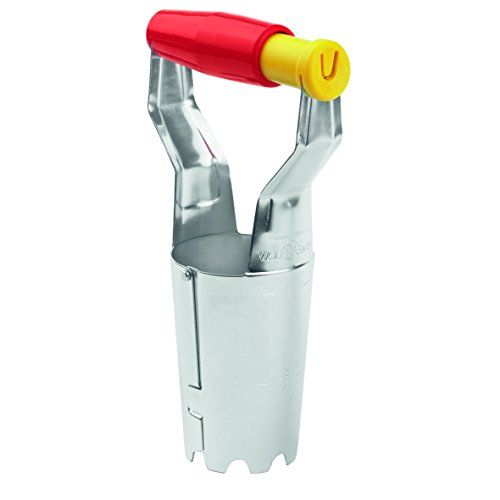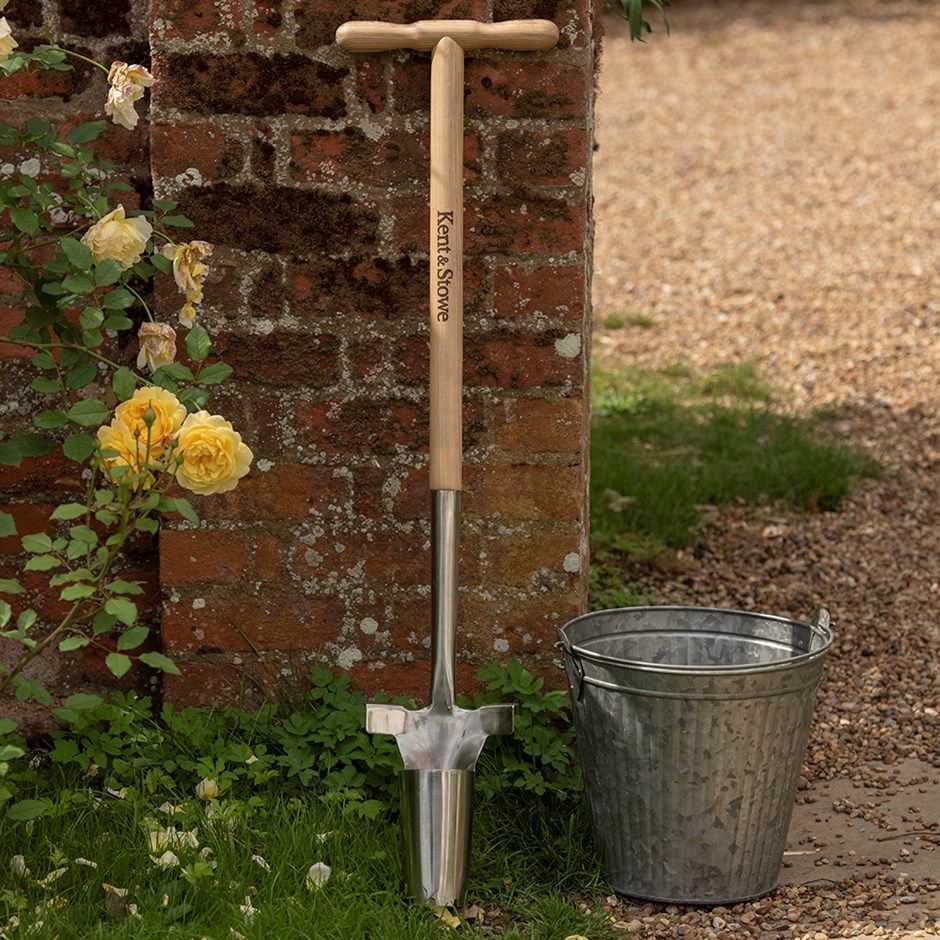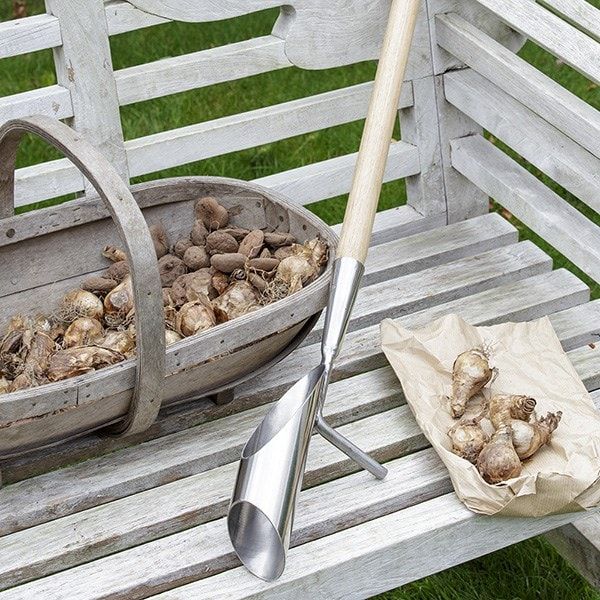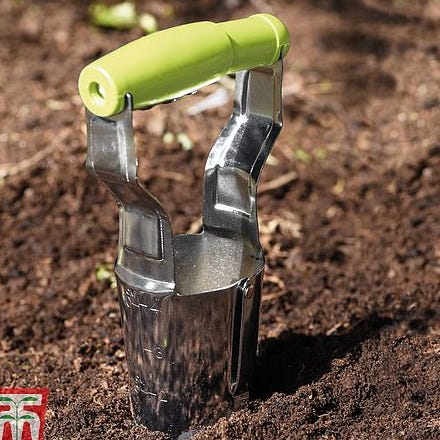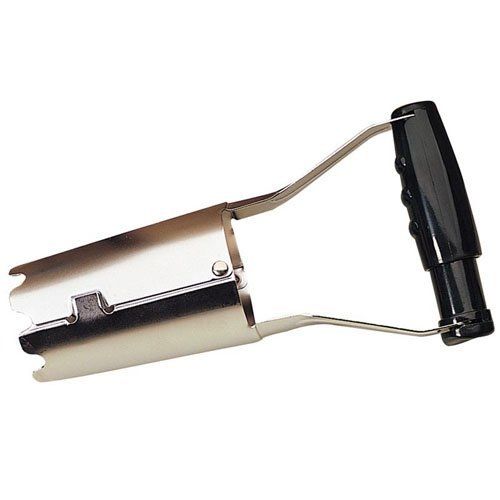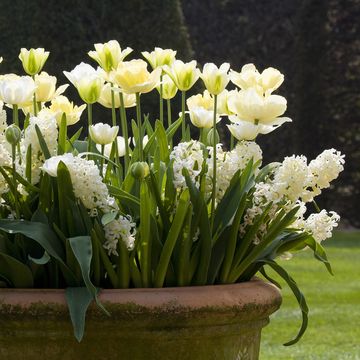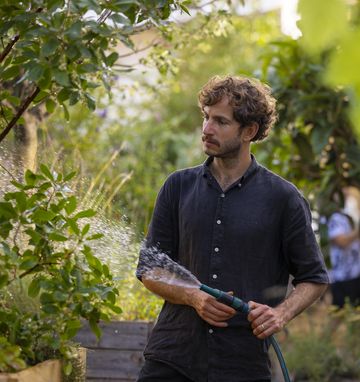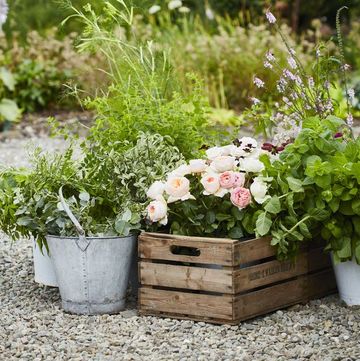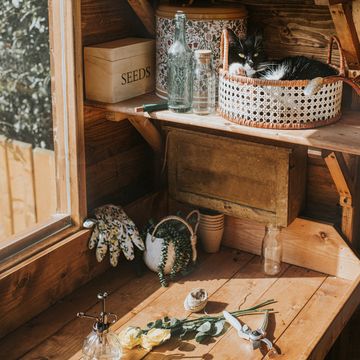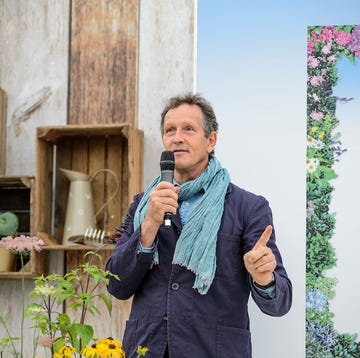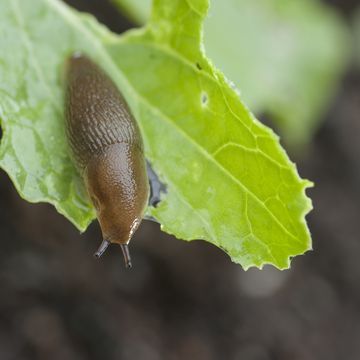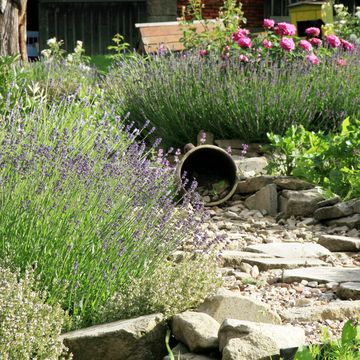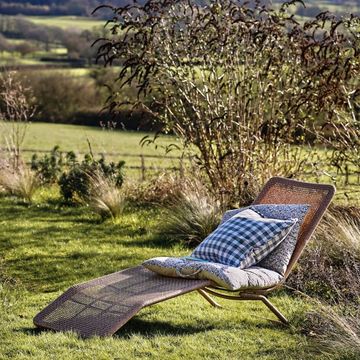Looking for garden border ideas? Read our back-to-basics guide on how to create the perfect garden border for your space. It includes design, soil type, sun and shade, planting style and choice, colour, height, wildlife and maintenance.
Borders are gardens' high-season horticultural extravaganza; a triumphant carnival of colour and expression, in perfect riposte to winter’s monotone reserve. Today, borders come in many shapes and sizes: doglegs, zigzags, crescents, teardrops, sinewy blobs, and good old straight and square. However, they are all one and the same – areas to plant within. Whether festooning a path, house, terrace, wall or lawn, they are where creativity and expression run riot – the pot is given to the painter.
The plethora of plant choice to fill borders, and your imagination, is bewildering and overwhelming. But fear not. This is the same feeling even top designers feel before embarking on a new border plan – the page is empty, the ground is bare, and only one person can fill it.
When is the best time of year to design borders?
Autumn is the best time to plant a new border or get stuck into a mature one and reinvigorate, reimagine and redesign it, giving more life, longevity and drama. Specifically, autumn is the perfect time to plant new plants; divide and re-plant old ones; harvest and sow seed; and to move and edit designs with plants at full height and expanse.
So, let’s look at the tricks of the trade and my top tips on how to create borders to admire of the highest quality and timeless style.
Step 1. Where to get border inspiration
Unless you’re a radical original, it’s likely you’ll find the origins of your garden border planting plan somewhere else and tweak it to your own iteration. Look to the past and absorb styles from original masters like Jekyll and Robinson; 20th Century innovators such as Chatto and Jarman; and modern practitioners, like Oudolf and Pearson.
Try to visit their creations in the flesh. But don’t stop there, visit as many gardens as possible and note border combinations.
Trawling online is also a wonderfully effective way of collating ideas – paying particular attention to sites like Pinterest or Instagram that show related images.
Read: 10 of the UK's most beautiful gardens to visit
Step 2. Assess your site
Much of great border design is working within constraint, and the site of intended plantings usually imposes this. Whatever your situation – be it heavy clay soil, exposed and wind-lashed, or under a canopy of trees – make the most of this and do not fight to impose a perfect garden medium. It doesn’t exist.
Embrace the boundaries your situation imposes on your planting style and choices (there are far too many anyway); a limited palette adapted well to your site is a solid foundation.
Questions to ask yourself:
- How big is your border plot?
- What is the soil type?
- How much sunlight or shade does the area get?
- How exposed to the elements is it?
- What planting scheme would best suit those conditions?
Step 3. Choose a style and stick to it
Through an unravelling of inspiration and demands of site, a certain style or direction takes hold. The key is to follow this lead and don’t deviate from the course.
If you’re smitten by Mediterranean glamour and have thin soil that gets plenty of sunshine, then hone in on this style and build from a small number of plants within this palette. Or, if you have an adaptable soil and are an Oudolf devotee, then look to form a matrix of grasses and skeletal perennials. It doesn’t matter which direction you take, just remember to stay within the limitations of the style.
Step 4. Choose the plants
Inevitably, there is still a vast amount of choice of species even within a limited palette, so simplify and work off a ratio of threes. Don’t think of these plants as ones that will sit next to each other in combination, more as indispensables that form the backbone of the border for others to bounce off. For example:
Mediterranean style = Perovskia ‘Blue spire’, Artemisia lud. ‘Valerie finnis’, Allium schoenoprasum
Modern naturalistic style = Molinia caerulea, Sanguisorba off. ‘Red thunder’, Thalictrum delavayi
Romantic cottage style = Rosa ‘Gertrude Jekyll’, Digitalis purpurea, Geranium ‘Rozanne'
Tropical style = Canna ‘Wyoming’, Dahlia ‘Karma choc’, Echium vulgare
Shaded area = Athyrium filix-femina, Polygonatum multiflorum, Tellima grandiflora
In choosing certain species it is easy to become blind to the type (shrub tree, perennial etc), but in the broadest sense it’s best to stick a majority of perennials, grasses and small shrubs at first with bulbs, annuals and non-hardy’s added over time if needed.
Step 5. Colour and Combination
As you begin to form a collection, combination and colour are eminent thoughts. I hold by the maxim that shades or hues are best blended or complimentary, while form or shape juxtaposed or contrasted.
Colour too, is not something to think of as merely flower (this may only last a matter of weeks) but foliage too, or even the colour of the plant in decay as its likely (if the right species) to stand through the winter.
So, for example, if you have a wispy grass, then contrast this with rounded or flat flowers on elegant stalks. Or, if have two species likely to flower at the same time, then if one is maroon, make the other a dark purple or dirty orange.
Step 6. Growth and Habit
Possibly the highest of all border design skills – and one green-eyed Chelsea designers fail consistently on – is understanding how a plant will grow over time and how this affects your plan. Experience really counts here, but without it you must do your homework. Ask the grower or garden centre:
- How wide and high will my plant grow?
- Will it grow quickly or slowly?
- Will the growth be open and wispy or dense and leafy?
Traditional big at the back and small at the front doesn’t fit with modern design, so look to create waves of height throughout the border, but be careful to not allow small species to be swamped.
Step 7. Think about wildlife
Within the ever-changing world we live in, we must now consider more than just our own wishes and desires. A garden is a parcel of natural space and our borders immediately a part of the diverse landscape.
In order to attest to nature's need within the confines of the border, we can do three things:
- Never cut the border down until the first signs of spring growth
- Plant as many indigenous or native plants within the border as possible (each combo above has at least one)
- Try to lengthen the flowering of the border – with open flowers – for as long as possible
Always use peat-free compost. Here's our guide to the best.
Step 8. Maintenance
As the months and years go by, all borders will need periodic attention, but I must stress that a border is dynamic and will change over time so it’s best to embrace the loss of some species to the gain of others – like interloping wildflowers.
Jobs such as mulching in spring, lifting and dividing rampant species (best in shoulder seasons), and collecting seeds and cuttings for extra stocks are all worthy and important. However, as long as you are interacting with your plants and editing your borders as you go, you’ll never go too far wrong.
